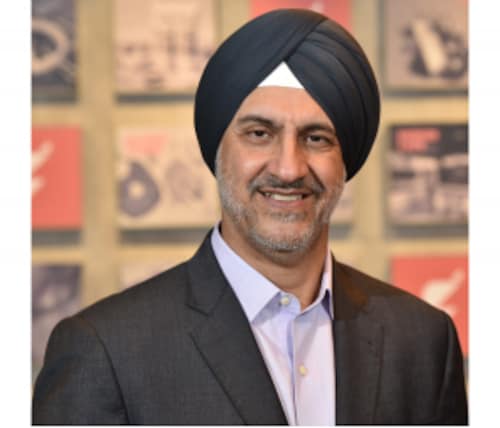7 trends that will rule the D2C sphere in 2023
Here are a few extremely interesting trends to watch out for as brands carve out new ways to engage directly with their consumers
When Bonobos and Dollar Shaving Company first made headlines, Direct-to-Consumer, or D2C, was described as an own-website-only brand that addressed online shoppers. Several years (and a pandemic) later, the term D2C points to an era of brand-building where the brands often begin online but evolve to explore different ways to engage directly with their consumer. You’ll find today’s D2C brands, for instance, on Instagram, WhatsApp, quick commerce apps, and sometimes even at your local kirana store.
Here are a few extremely interesting trends to watch out for in 2023 as brands carve out new ways to grab more consumer eyeballs.
1) Hyper personalisation: Direct-to-me
The direct-to-consumer model is refining itself to become more and more direct-to-“me”. So in a world where personal care used to be about skin types, Nykaa I-Beauty offers women a dermatologist-curated regime, and SkinGenes Rx whips up skincare based on your genes. In the health and wellness space, Qua Nutrition is redefining personalised nutrition plans that address needs like mental nutrition.
2) Language: In our own words
Language is playing a strategic role in helping brands deepen their relationship with consumers. For instance, Pratilipi offers readers a platform to read and be entertained in 12 Indian languages, with the added ability to create and publish your own content. On the technology side, Reverie helps brands and businesses speak the customer’s language and bridge the communication divide.
3) AI: Automatic for the people
AI is now creating art and writing copy. It’s also working to make the shopping experience more immersive through a combination of AI, VR and AR that leverages a shopper’s activity, purchase history, taste and demographic profile, and uses this data to provide new and more personalised recommendations, in addition to being able to shop ‘beyond space and time’.
4) Sampling: Discovery channels
When consumers are always-connected and always-on, brands and their offerings can blur into one. Influencers have long been a source of ‘you saw this here first,’ and Q-commerce opened another great channel for product discovery. Brands like Smytten and Thingtesting help consumers discover new brands and products, while Urban Platter and Living Food are doing the same for organic and artisanal foods.
Also Read: D2C brands—Bending it like Beckham
Much like the definition of D2C has changed, so has its content. It’s not just how people buy new-age consumer brands, it’s also what they buy. CII data tells us that the Indian D2C market is growing at a CAGR of 40 percent (FY22-27P). And we are seeing quite a few new areas Indian startups are exploring to make the most of what will be a $60 billion market by FY27.
5) Sustainability: No Planet B
Given the reality of climate change, values like sustainability, ethical sourcing, clean labelling and the like are no longer good-to-have but have become imperatives. And their formerly niche appeal is widening to describe a new generation of more conscientiously run businesses, creating products and services for more responsible consumers. Carbon neutrality, plastic neutrality, and recycling are now not just for annual reports but are prominent on the face of packs and are a clear reason to buy for today’s consumers.
6) Ethics: Walk the talk
Consumers also have their ears to the ground about good employers and transparent business practices. They are concerned about gender diversity and inclusive values. Social media has opened windows into formerly opaque business structures, and today’s brands are seeing the value of building sound businesses which put their employees first.
7) Responsibility: Thrifting and upcycling
Preloved clothing hasn’t yet found great success in India, and maybe 2023 will change that. Brands like Swap and thredUP strike the perfect balance between sustainability and discovery. We know that today’s young consumer seeks to consume responsibly, and choosing secondhand over new reduces carbon emissions by an average of 25 percent.
Also Read: The D2C brand ecosystem has hit puberty—it's time to rebel
We are on the cusp of an exciting new wave of D2C, different in the way it engages consumers, as well as different in the kind of brands it engages consumers with. Digital-first, digital-only, or omnichannel, I’m eagerly looking forward to seeing the 2023 definition of direct-to-consumer.
The author is a founder and managing partner at Fireside Ventures.

